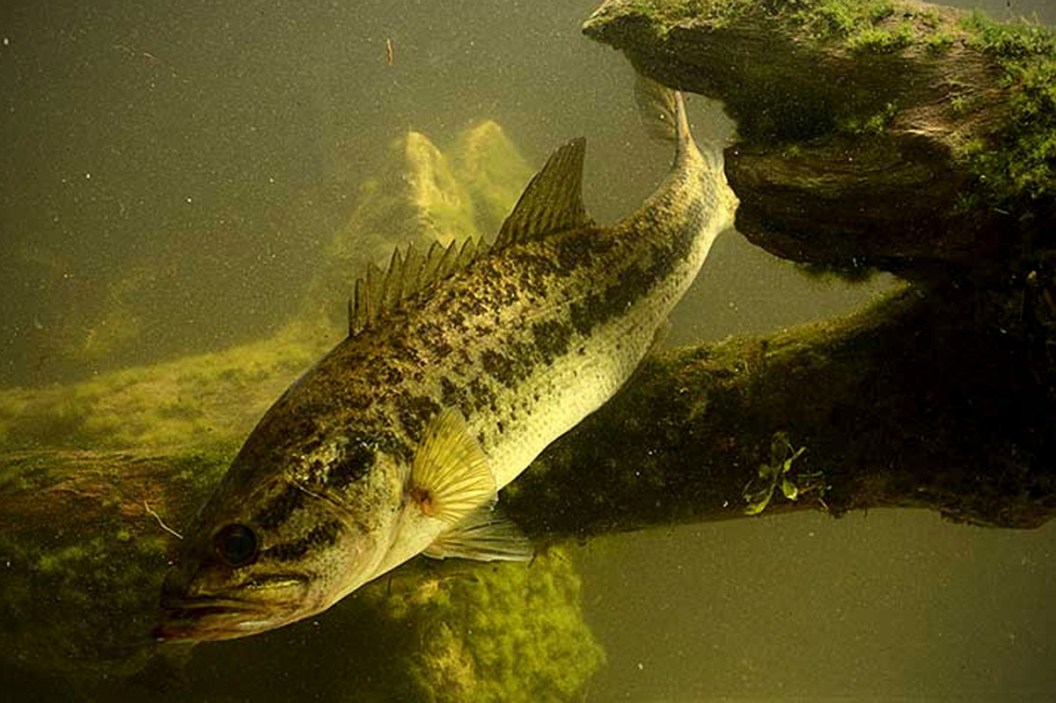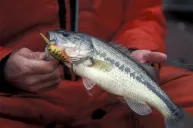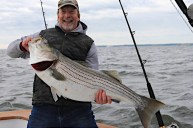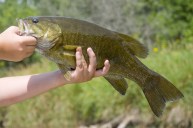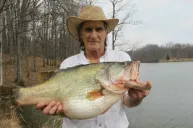How many species of bass are there in North America?
Almost every angler has caught a bass at some point. They're a very hardy sport fish that can be found far north in Canadian waters, throughout the United States and far south into Mexico.
Most bass fishing enthusiasts might think there's only a handful of bass species, but there are many more variations of these game fish than you might think.
In fact, it's entirely possible that you've caught bass in the past that you thought were your everyday largemouth or smallmouth, not realizing you'd actually caught a similar-looking subspecies. Hopefully with this list, you'll know exactly what you're pulling into the boat the next time you set your hook.
Here are the bass species you can catch while fishing here in North America.
Largemouth Bass
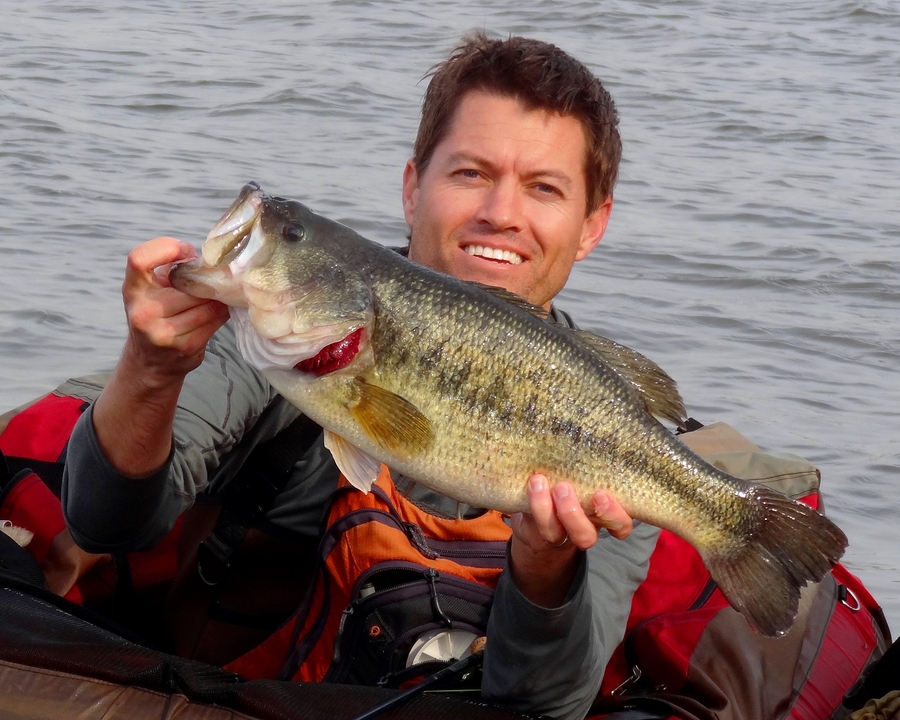
We'll start with the one that's arguably the most beloved black bass species of the bunch. The largemouth bass (Micropterus salmoides if you want to get scientific) is found throughout North America, but largemouths have also been introduced to many other parts of the world.
These fish grow big, they're aggressive and they're eating machines that will feed on just about anything they can fit in their large mouths. Even large, spiny sunfish, crayfish and small rodents.
The look of this fish varies greatly depending on where it is found. For the most part, it's a green or olive fish with black blotches creating a stripe across each side below the lateral line. Even that coloration can vary. I have a Michigan five-pounder mounted on my wall that has almost no blotches or stripe.
The world record for this fish is shared by two specimens at 22 pounds, 4 ounces. The first was caught by George Perry in Georgia in 1932 and the second was caught more recently, by Manabu Kurita in Japan in 2009.
A subspecies you'll often hear of is the "Florida bass." There is some disagreement as to whether the two species are similar or not by many fisheries management experts, so we're just going to group them in with the largemouth.
Smallmouth Bass
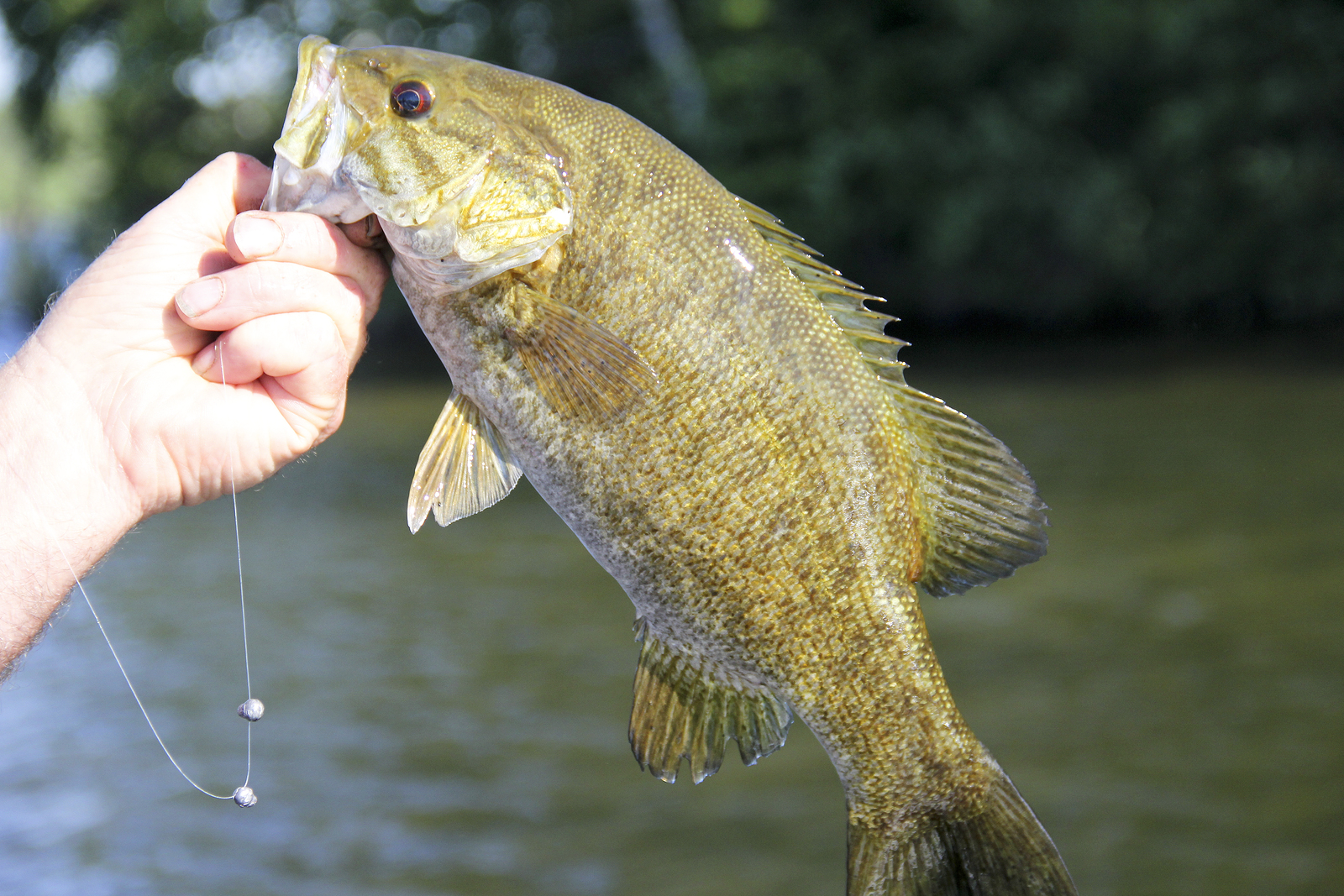
Micropterus dolomieu is arguably the second most popular bass species in America. Most anglers agree that, pound for pound, the smallmouths fight much harder than largemouths for some unknown reason. They don't grow as large, but they are a blast to catch!
Smallmouths are usually brown or golden brown in coloration with black vertical blotches. Like largemouths, some lack these markings completely. Some anglers have given them the nickname "bronzebacks" for that reason.
Of course smallmouths, as the name implies, have much smaller mouths than their largemouth cousins. Their upper jaws typically extend to their eye, while the largemouth's upper jaw will go past theirs.
Smallmouths tend to favor rocky lake bottoms where they feed on minnows, crayfish and insects. These fish respond well to jigs when fishing.
They thrive in most rivers, and their native range is mostly in the Midwest, in the Great Lakes region. They have been introduced to other parts of the country, but they can be hard to find in some areas.
The world record is an 11-pound, 15-ounce beast taken from Dale Hollow Lake, Tennessee in 1955.
Spotted Bass
Also known as the Kentucky bass, the spotted bass (Micropterus punctulatus) is a more difficult species to spot if you're not familiar with them. That's mainly because this fish bears such a striking resemblance to the largemouth.
But their spots don't grow nearly as large, even in ideal conditions. Spotted bass generally have a lighter coloration than largemouths, but the big difference is in the jaws. You'll notice the jaw doesn't extend back beyond the eyes.
These fish chow down on the usual bass foods: minnows and crayfish. You're more likely to find them in southern states. The spotted bass has done especially well in California where multiple specimens over 10 pounds have been caught in the last 20 years.
Alabama Bass
This obscure spotted bass subspecies (Micropterus henshalli) has only really been identified as such in the last 20 or so years. It has a very narrow native range, which, as the name implies, is mostly Alabama.
This fish's range has been slowly expanding into parts of Mississippi and Georgia. A few have even been transplanted to California. That's where the world record, an 11-pound, 4-ounce specimen was caught by Nick Dulleck in 2017.
This one is considered an invasive species by some state wildlife agencies. The problem is this fish interbreeds with smallmouths and produces hybrids. In some cases, they've bred smallies right out of a lake!
Bassmaster Magazine also notes that the Alabama bass may even out-eat largemouths in some cases, depriving native species of their natural forage. This is a problem to keep an eye on in the future.
Bartram's Bass
Here's one most anglers have never heard of before. Micropterus sp. cf. cataractae are incredibly tiny fish. We're talking 16 inches max. They look something like a cross between a spotted bass and a smallmouth with green bodies, dark spots, and lateral bands.
This fish is so small and so obscure that the International Game Fish Association doesn't even have a record category for it. This fish is only found in the Savannah River Basins between Georgia and North Carolina. Good luck finding one!
This species has caused some confusion for anglers in the south only because there seems to be some disagreement over some other named subspecies. You'll sometimes hear this fish referred to as the "Altamaha bass," the "Tallapoosa bass" or the "Chattahoochee bass." We think these may be simply common name variations, because each of these fish is usually listed with the same scientific name.
Choctaw Bass
This is another fish that closely resembles a largemouth or smallmouth. But Micropterus sp. cf. punctulatus are only found in the Florida panhandle and parts of southern Alabama. This is another incredibly small bass that doesn't really grow to any notable size. The novelty is just in catching one.
This fish is so close in appearance to other species that it took scientists years to realize they had another subspecies on their hands. It wasn't until they did DNA testing in 2007 that they realized this was likely a new kind of bass. Who would have thought?
Redeye Bass
https://www.youtube.com/watch?v=3_SWfSJs5Lo
The southern part of the U.S. has a ton of bass subspecies living there. Micropterus coosae, or redeye bass, is another one of them.
This fish doesn't grow very large, but they are very easy to spot. The redeye thing isn't just a fancy name, many of these bass literally have a red eye. This species is found mostly in Georgia in the Chattahoochee and Tallapoosa River systems. But it has also been found in the Cahaba River in Alabama.
We really like the look of this one. This is a beautiful fish that is usually green or bronze. However, many specimens you'll see online also have a grey or blueish tin to them and occasionally some darker blotches. This one is rumored to grow up to five pounds, but IGFA hasn't recognized any records officially for this species.
Guadalupe Bass
This is another rare bass that you'll only find in Texas rivers like the Guadalupe, Llano and Colorado. These fish have a bronze or olive color. This species mostly eats insects and doesn't grow to spectacular sizes. The world record, as recognized by the IGFA is a 3-pound, 11-ounce fish caught on Lake Travis by Allen Christenson, Jr. back in 1983.
Much like the smallmouth bass this fish resembles, this one is said to put up a good fight for its size. If you were looking for a unique fish species to target, it doesn't get much more obscure than the Guadalupe bass.
Shoal Bass
The story of this species of black bass is very similar to the Choctaw bass. This one looked so much like redeye bass that scientists didn't realize it was a new species until only 20 years ago.
The profile of this fish reminds us of a smallmouth, as does the dark vertical bands they often have. You'll find this one mostly in Georgia or Florida, but keep your eyes peeled in Alabama too.
Micropterus cataractae is considered something of a threatened species, so you'll want to take extra care when handling them. They're most often found in shallow streams and rivers where they feed heavily on crayfish.
Suwannee Bass
Micropterus notius, aka the Suwannee bass, looks very similar to the shoal bass. Once again, this is a species you're only likely to find in Georgia and Florida.
This is generally a darker fish, and reminds most of a dark bronze smallmouth. This one's body is often marked with distinctive, dark diamond shapes. And the jaw doesn't extend past the eye.
Even though this is another obscure fish, IGFA does recognize a record. Ronnie Everett's 3-pound, 14-ounce fish has stood as the biggest ever since 1985.
Striped Bass
The striped bass is a big game fish for anglers to target, but there are several different variations of Morone saxatillis. The IGFA recognizes striped bass in two different categories, as landlocked fish have their own separate category. Stripers are unique in that these fish spend time in both fresh and saltwater. The ones with access to the ocean generally grow much larger than those that are stuck in lakes and rivers.
This beautiful fish is, of course, characterized by long, black horizontal stripes that run the length of its silver colored body.
This fish is native to the Atlantic Coastline all the way down to Florida and the Gulf of Mexico. However, it has been successfully introduced in many other areas of the country.
Stripers are beloved for their fight and size. The landlocked world record is a hefty 69 pounds, 9 ounces, taken from the Black Warrior River in Alabama by James Bramlett in 2013. For an ocean-going fish, the numbers are even more impressive, at 81 pounds, 14 ounces. That fish was caught on Long Island Sound in Connecticut in 2011 by Gregory Myerson.
If you wanted to pursue a world record, striper is a good species to target. Only because it doesn't seem hook and line anglers have come anywhere close to this fish's true potential. Rumors online persist that 90-pound fish have been caught numerous times by wildlife agencies doing surveys. Still other rumors insist that in the 1800s, stripers over 100 pounds were routinely caught in nets.
A 100-pound bass. That's crazy to think about!
White Bass
This bass looks very similar to a striper, but Morone chrysops isn't quite as streamlined. Nor does it grow nearly as large as a striper.
But the white bass is still an incredibly popular sport fish found all over the Midwest, and it has been successfully introduced to many other parts of the country too.
The white bass is characterized by its silvery appearance and dark stripes. Although it is possible to see specimens much darker in coloration too. Some of that may appear on the type of water you find them in.
Bass in general aren't thought of as the type of fish you'd like to eat, but white bass is an exception for some people. It's probably the most consumed bass species out there.
White bass don't grow especially large. The world record is tied with two 6-pound, 13-ounce fish. One came from Lake Orange in Virginia and the other was pulled from the Amite River in Louisiana.
Now that you know how extensive the list of North American bass is, will you target more than you've caught in the past?
For more outdoor content from Travis Smola, be sure to follow him on Twitter and check out his Geocaching and Outdoors with Travis Youtube channels.
